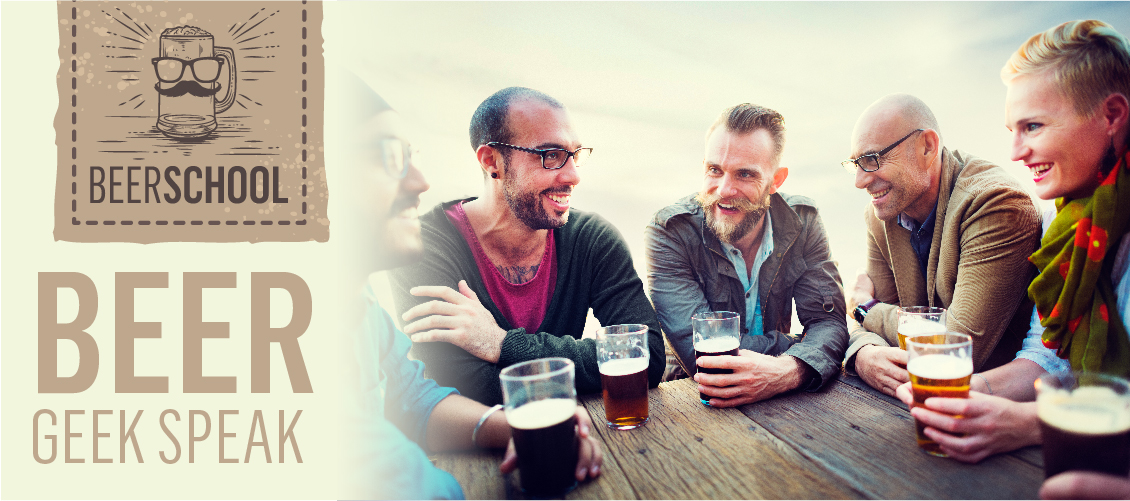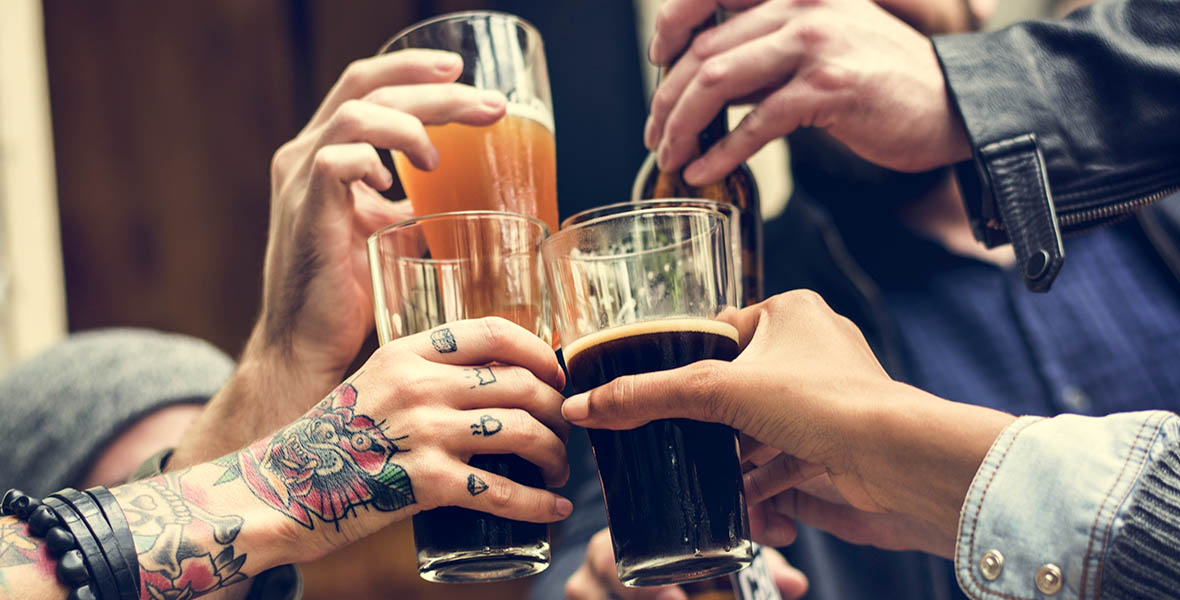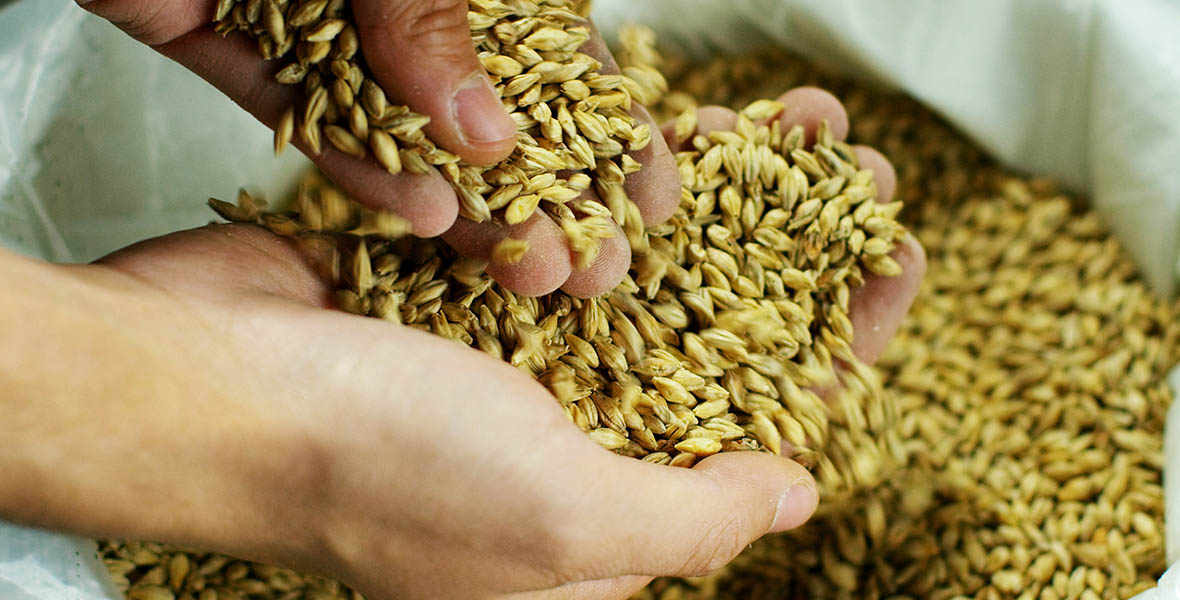
Good beer should speak for itself, but don’t take our word for it. Brush up on these beer terms, and you’ll be sounding like a pro in no time!
IBUs
International Bittering Units
A rating system that attempts to gauge the bitterness of beer using a scale of 1 (least) to 100 (most bitter). However, IBU ratings cannot always predict the perceived bitterness of a beer due to the masking effects of malts and other ingredients included in the brewing process. Sometimes a beer with a higher IBU rating may not taste as bitter as a beer with a lower IBU rating.
ABV
Alcohol by Volume
The amount of alcohol present in a given beer by volume – the higher the ABV percentage, the more alcohol is present in the beer.

MALTY
Malt is a malted cereal grain (typically barley), which provide the yeast sugar to make alcohol. Wheat rye and oats are commonly used as well. Malt gives beer its colour and sweetness, from the unfermented malt sugar. Words like “bready” or “biscuit” are commonly used to describe the mouthfeel.
HOPPY
Beer with a pronounced hop flavour, which is the zest in beer. When you taste bitterness, citrus, pine, grassy, earthy or floral features, you’re tasting hops. Hops are the seed cones of the hop plant that brewers use to add bitterness and aroma to beer. There are numerous hop varieties, and all have different traits and qualities that brewers put to different uses and combinations in their mix to achieve their desired effect.

NOBLE HOPS
Only a fraction of hops can rightfully be called "noble hops." Traditionally the ranks have included four continental European varieties grouped together because of similar floral, earthy flavours and lower levels of bittering acids: Tettnang (Germany), Hallertauer Mittelfrueh (Germany), Spalter (Germany) and Saaz (Czech Republic) are the core noble hop varieties. Their terroir and place in the continental brewing tradition is an important, if unofficial designation.
WORT
Wort is the sweet liquid that is created by steeping malted barley in hot water and boiling the resulting liquid with hops. It becomes beer once the yeast is added and fermentation takes place.
SESSIONABLE
A beer that is “sessionable” is typically lower in alcohol, but still full of flavour (enough to be enjoyed for several pints during a drinking ‘session’ – thus the name). Originally referring to the British pub styles, session beers have come to typically mean anything under 5% alcohol.

BOTTLE-CONDITIONED
Some beer styles are naturally carbonated in the bottle (as opposed to force-carbonated with CO2 in the brewing process). This bottle conditioning requires adding a bit more sugar and sometimes fresh yeast to the nearly-finished beer just before packaging. This extra fuel kicks off a mini fermentation which results in a touch more alcohol and enough CO2 to carbonate the beer in the bottle.
